More than you can possibly imagine!
Pizza is one of the most common foods in the world. And, it makes sense why – it is both delicious and incredibly versatile. The wide, flat dough is a blank canvas that can be topped with literally anything from sauce and cheese for a traditional, savory version to chocolate, peanut butter and bananas for a sweeter twist. Some people even get wild and crazy and put ham and pineapple on their pizza to create that controversial pizza which drives traditional Italians crazy… the Hawaiian. Pizzas (of varying quality) can be found everywhere including pizzerias, fast food restaurants, food courts, food trucks, amusement parks, convenience stores and gas stations! Even high end restaurants have installed wood fired ovens and dedicate a section of their menu to pizza offerings. It is almost impossible to find yourself somewhere food is offered where you cannot get a pizza.
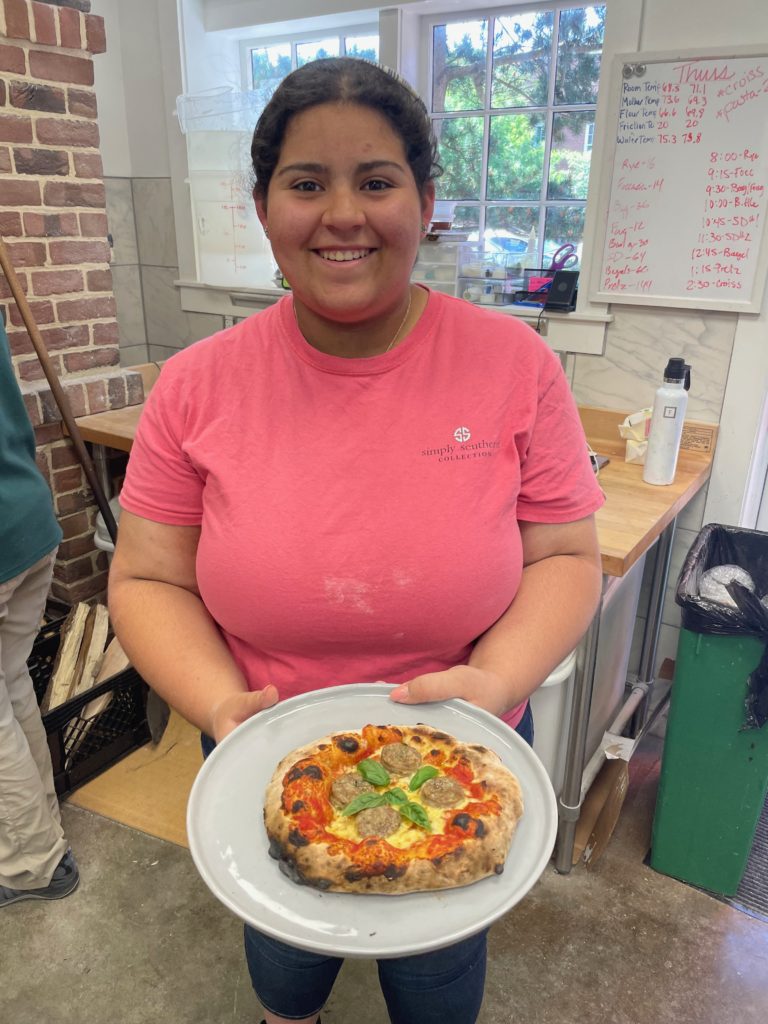
Unfortunately, most of the pizza available today is junk, comfort food lacking the ability to either nourish or connect in any way. But, it doesn’t have to be that way. And, that is exactly what 12 Gunston students experienced this past week at the Eastern Shore Food Lab.
Bay Studies focused on pizza
This week Gunston offered their annual Chesapeake Bay Studies week. This week is filled with all sorts of experiential teaching and learning opportunities and, “incorporates all disciplines in its exploration of Maryland’s Chesapeake Bay. A week long program, Bay Studies… explore(s) the various components of life in and around the Bay including environmental studies, history, and social and cultural influences.” The Eastern Shore Food Lab proudly created an immersive, hands-on, full sensory 4-day experience for 12 of their students and 2 of their staff. Yes, you guessed it, the entire week was focused on one thing…pizza! And through pizza the students learned more than you can possibly imagine.
In order to create this experience, we started at the very beginning and introduced the students directly to their farmers. They traveled to Nice Farms Creamery to meet Bob and his cows that produce the incredible milk from which we make all of our cheese at the Modern Stone Age Kitchen. They also traveled to the Old Wye Mill, the oldest continuously operated grist mill in the United States where they ground locally grown wheat into flour. They also visited Lockbriar Farms where they met Jacqueline and picked basil, oregano and tomatoes. They also visited the Natural Food Store in Chestertown to look at food labels and visited the Chester River Wine & Cheese shop where Karen walked them through their incredible selection of cheeses from around the world.
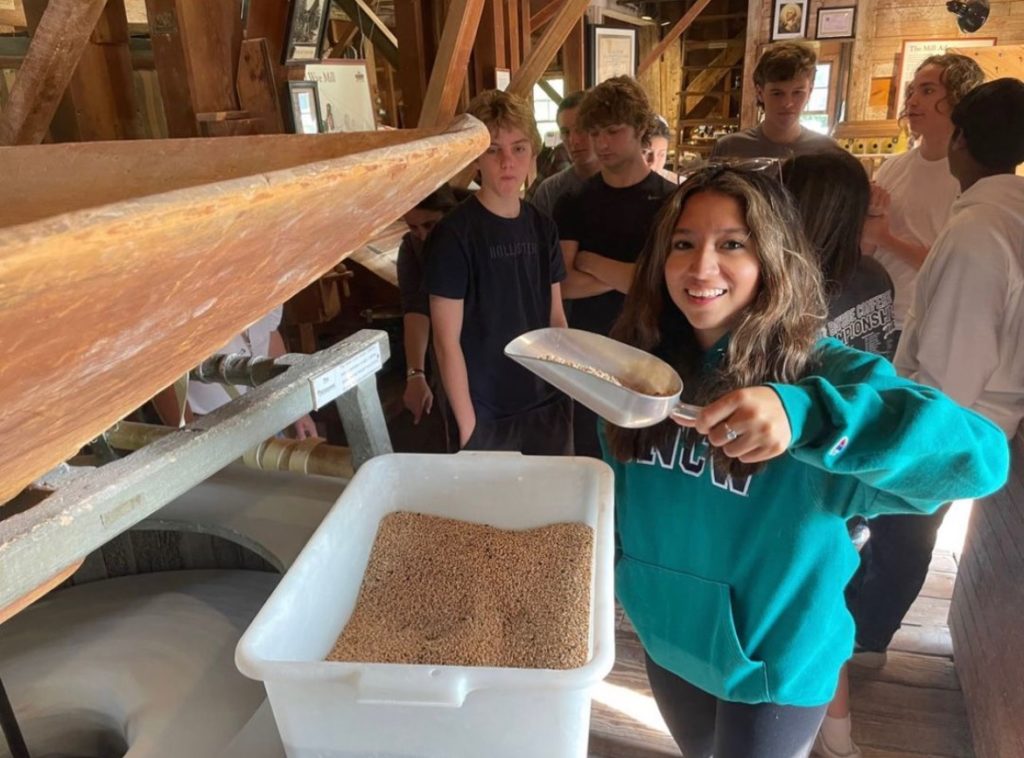
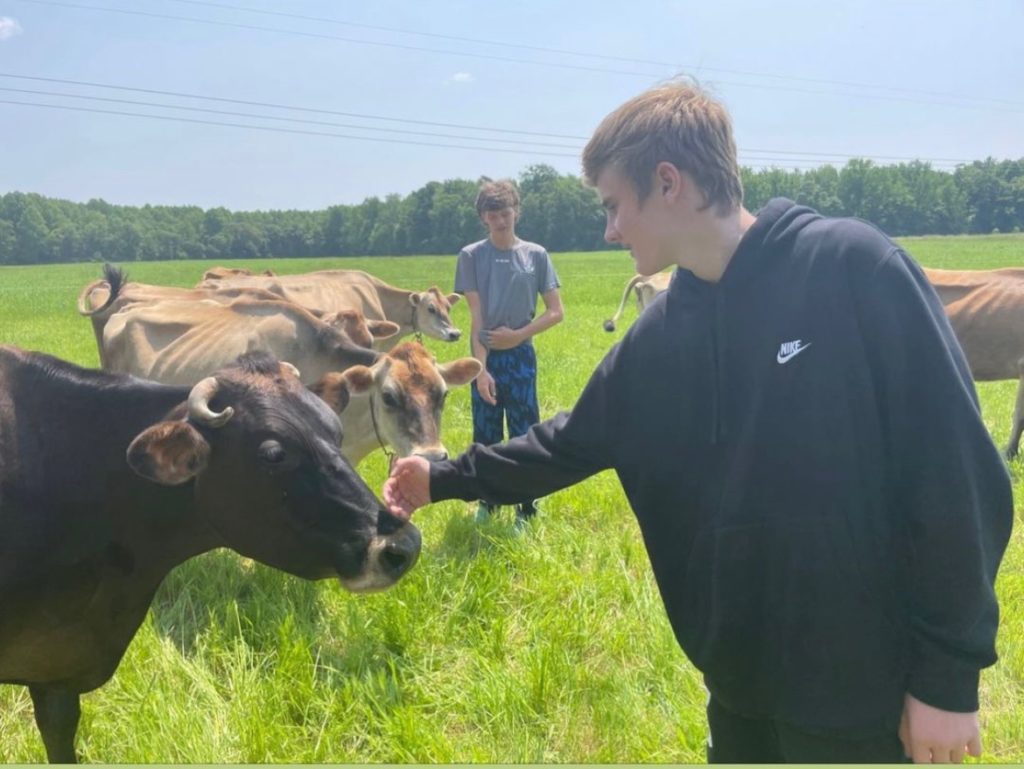
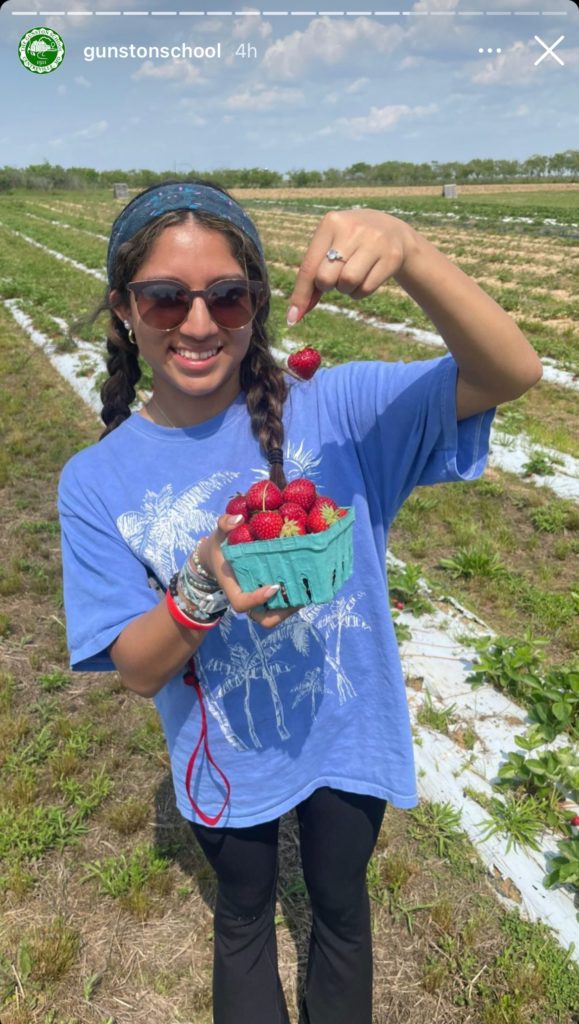
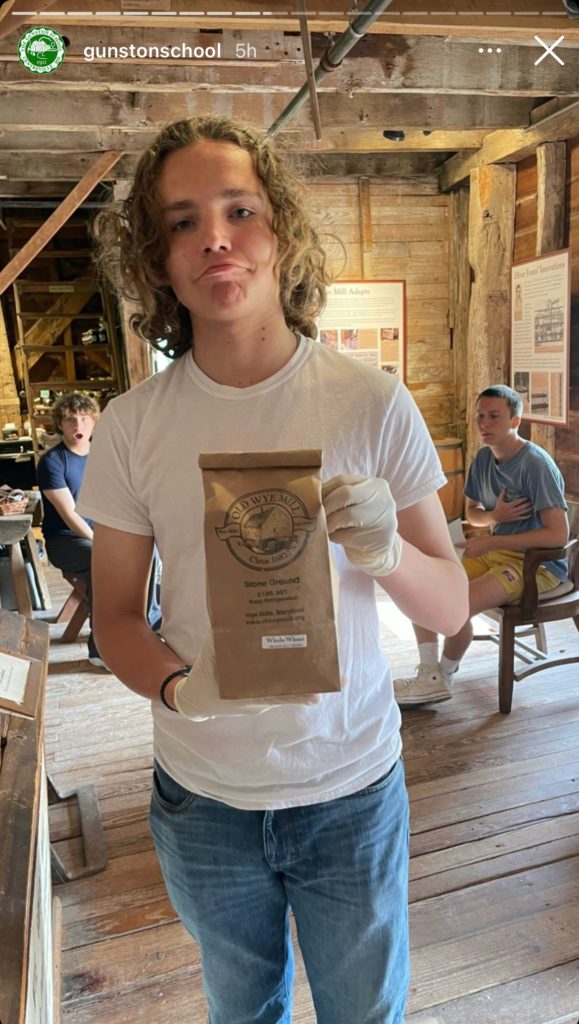
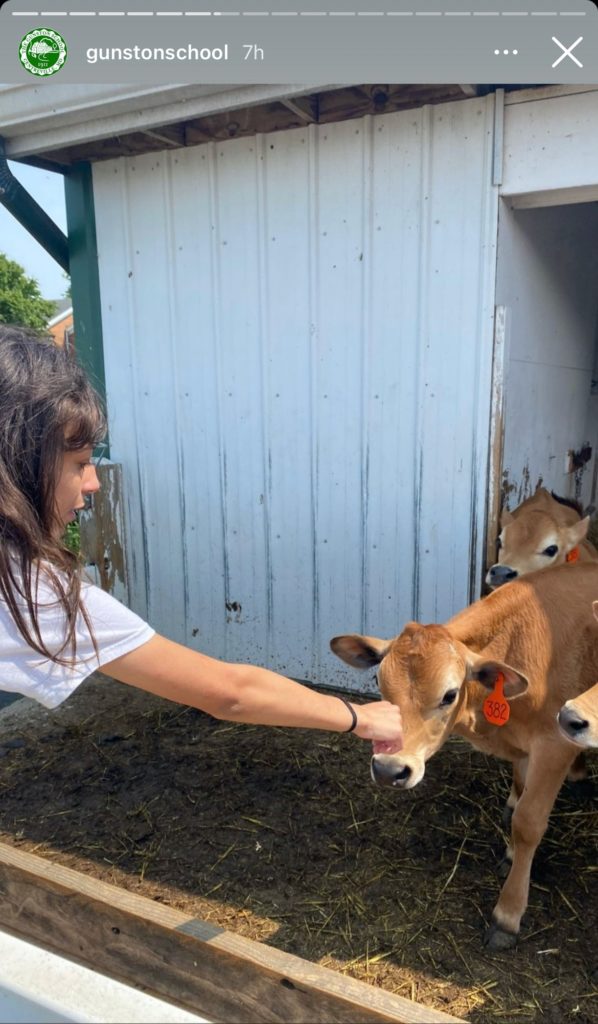
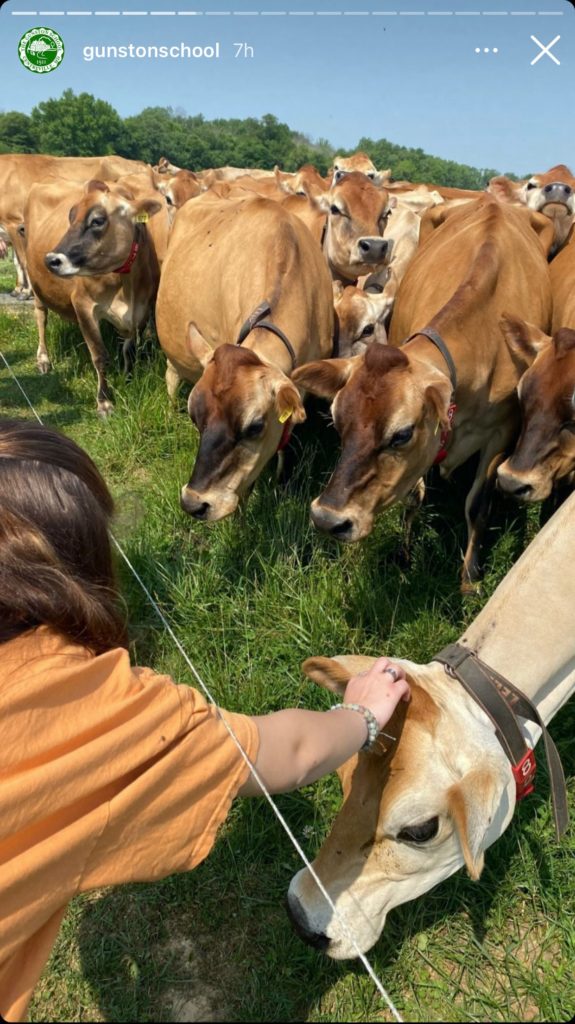
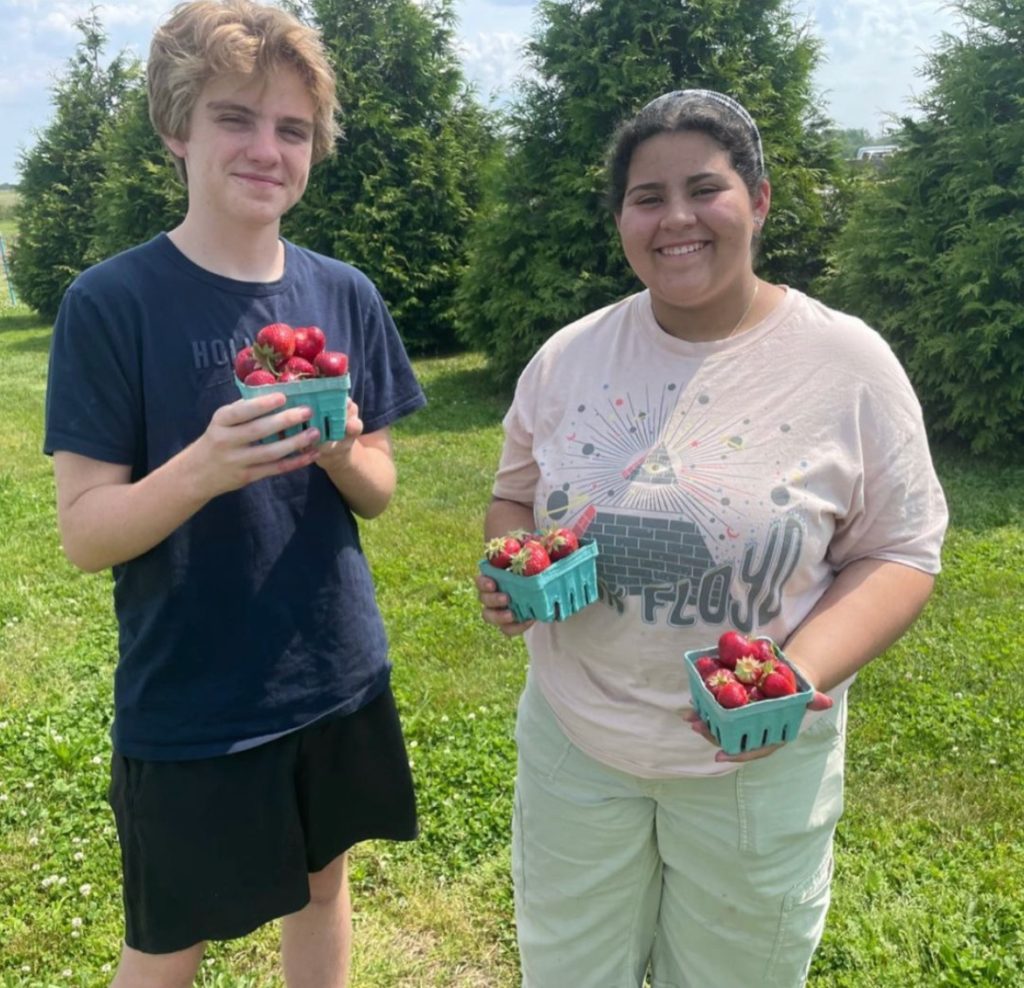
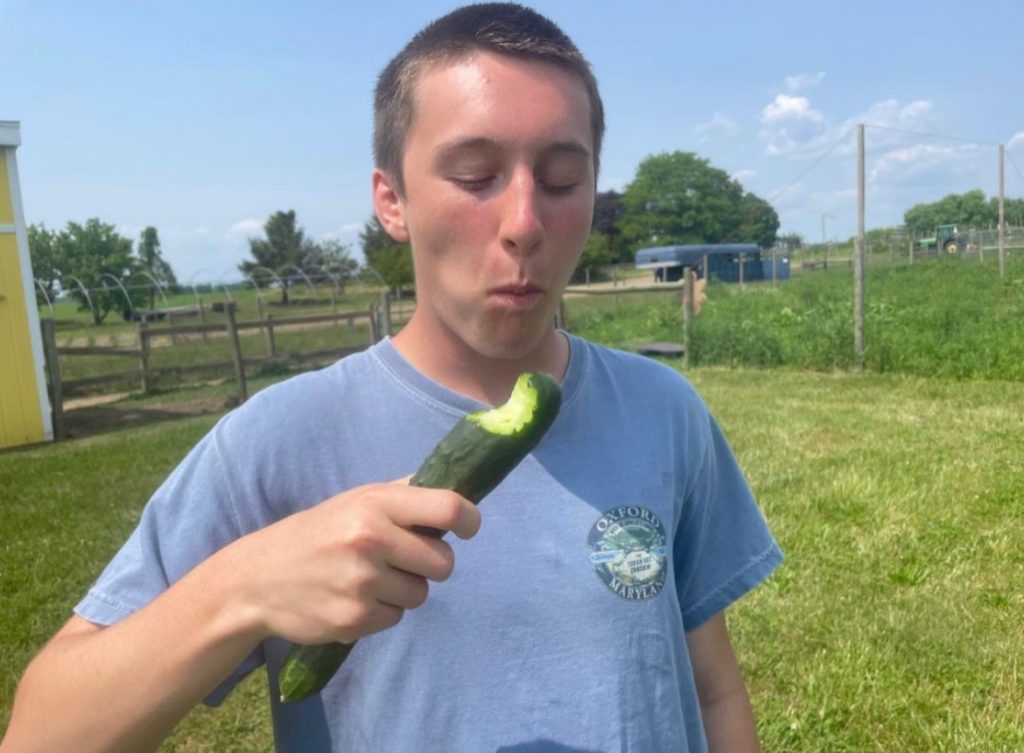
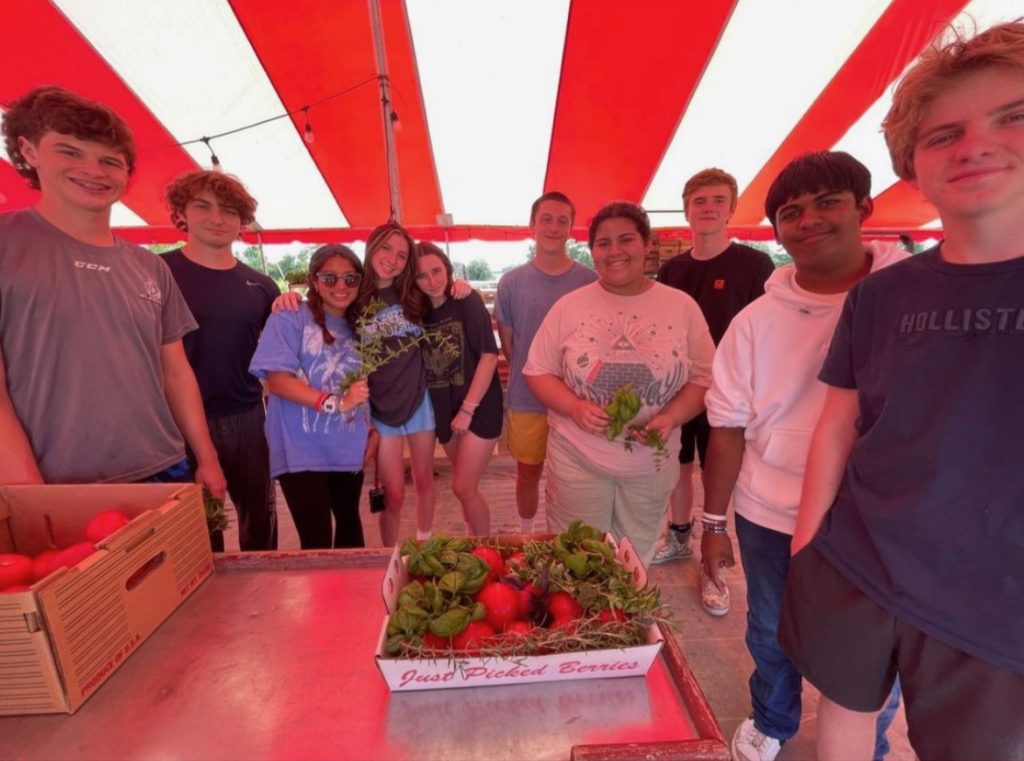
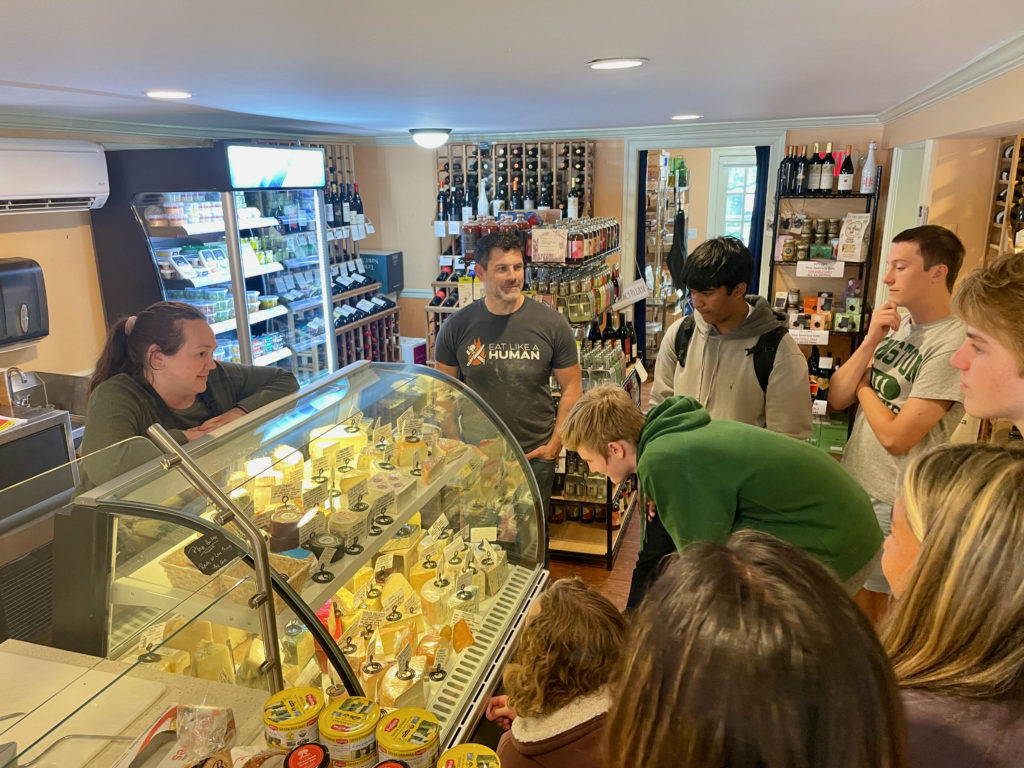
Setting the Context
Armed with high quality, local ingredients we spent the next few days together in the Eastern Shore Food Lab teaching kitchen transforming flour into long, wild fermented sourdough pizza dough, milk into pizza cheese and ricotta, Langenfelder Pork into Italian Sausage (and, yes! They even stuffed the sausage they made into natural casings), and fresh tomatoes into pizza sauce. All of this was accomplished using traditional approaches which provided the opportunity to dive deep into the multitude of differences between real food and the majority of what is available today as a result of the modern industrial food system. On the final day the students had an opportunity to try their hands at a variety of primitive fire making techniques, split wood, lit a fire in our wood fired oven using a coal from a hand drill. They then assembled the ingredients they spent the week creating and cooked their pizzas using that fire! The class culminated with everyone enjoying their creations. Everyone also brought home enough dough, cheese, and sauce to make a full-size pizza at home to share what they learned and made with their families.
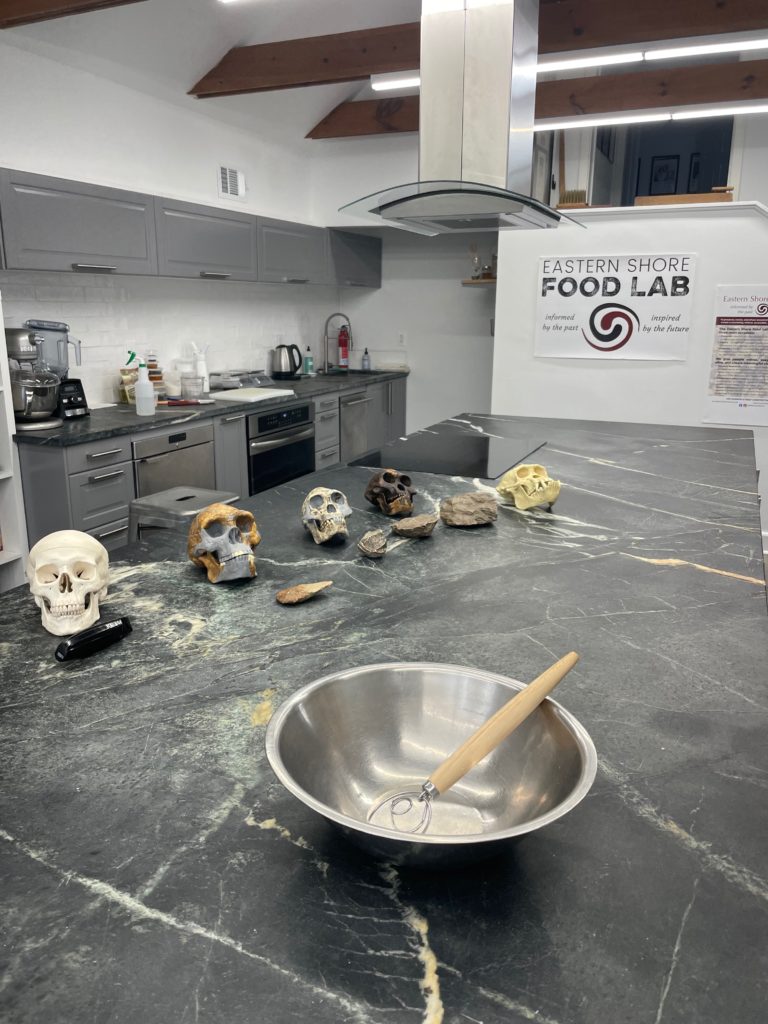
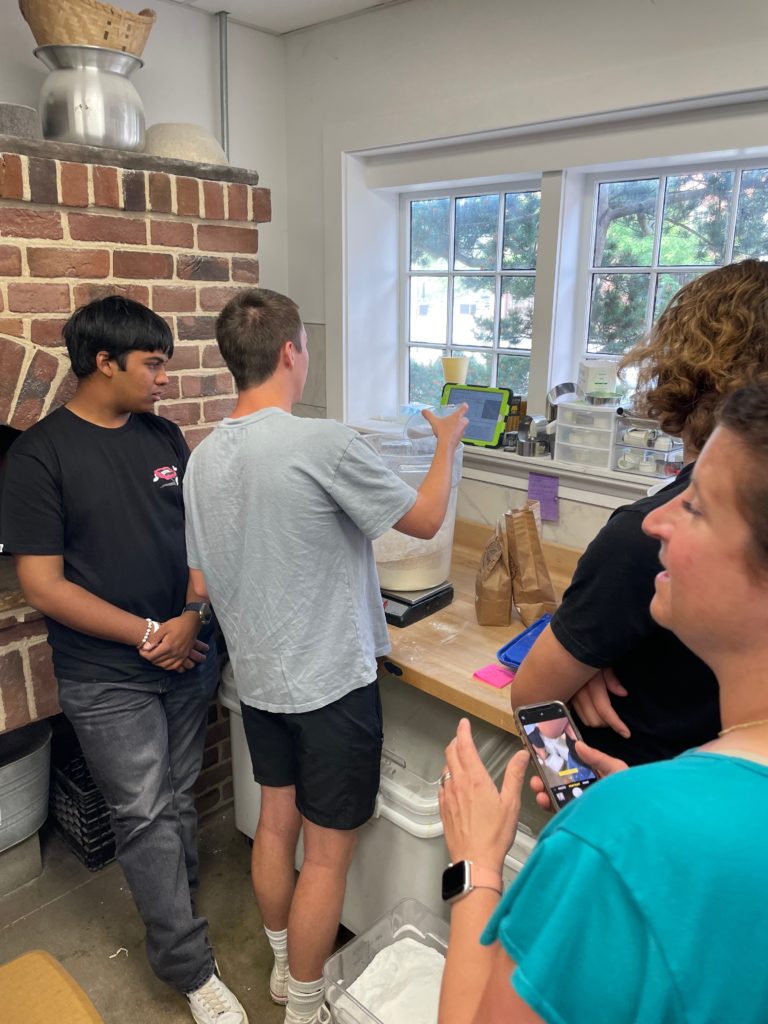
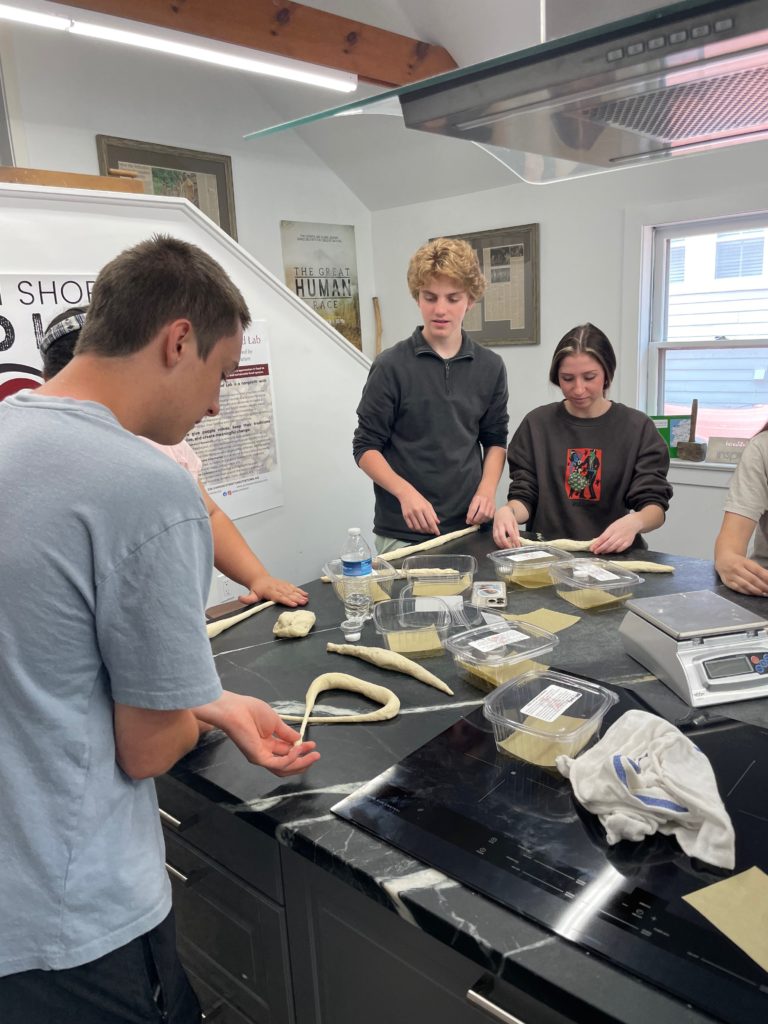
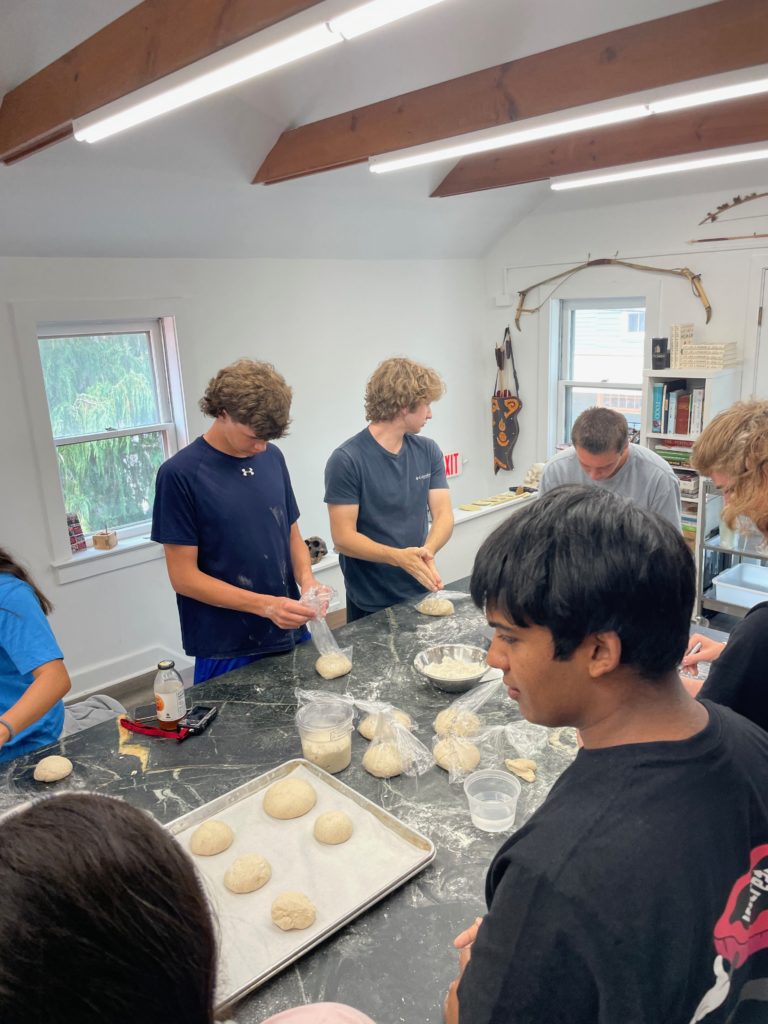
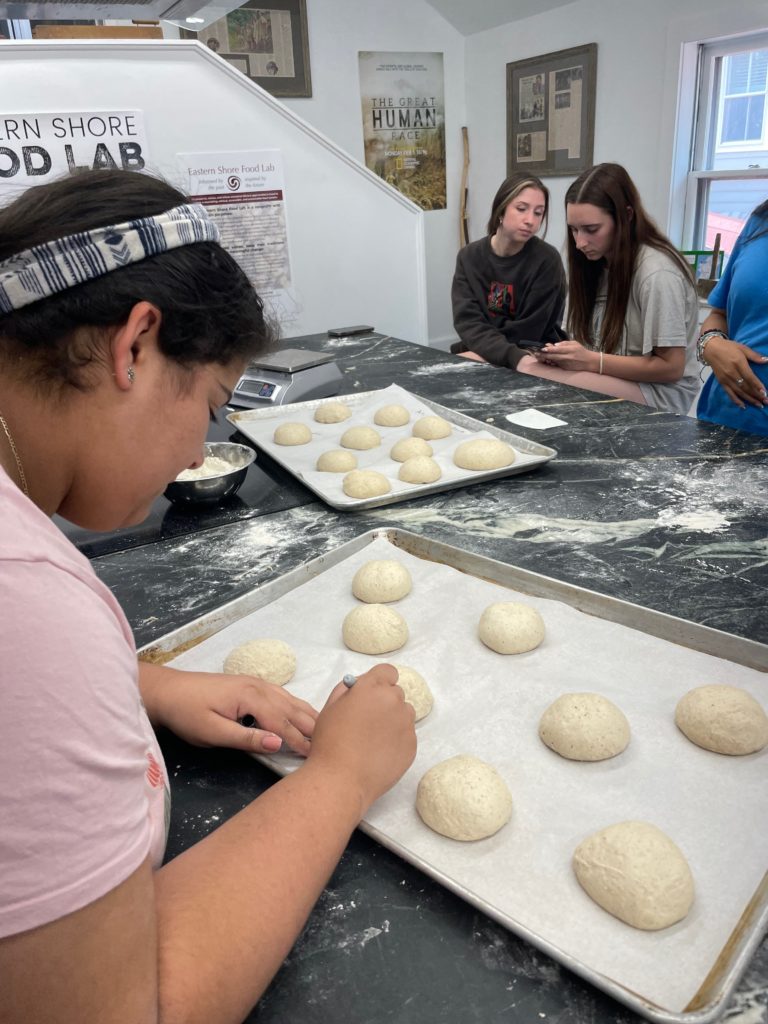
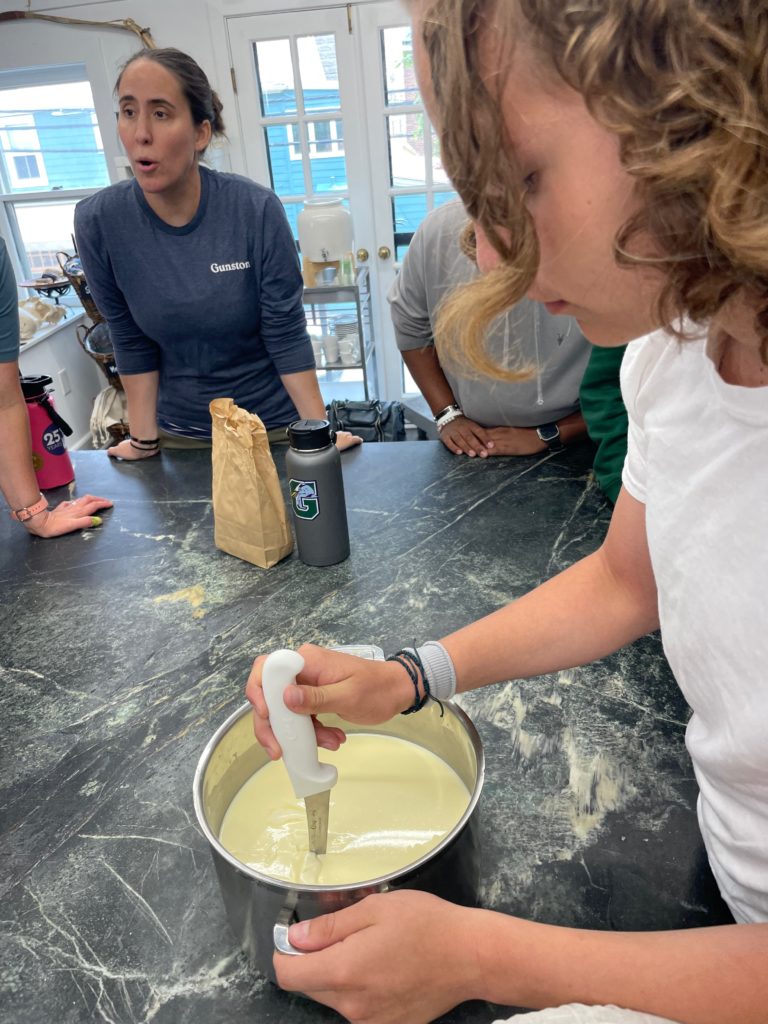
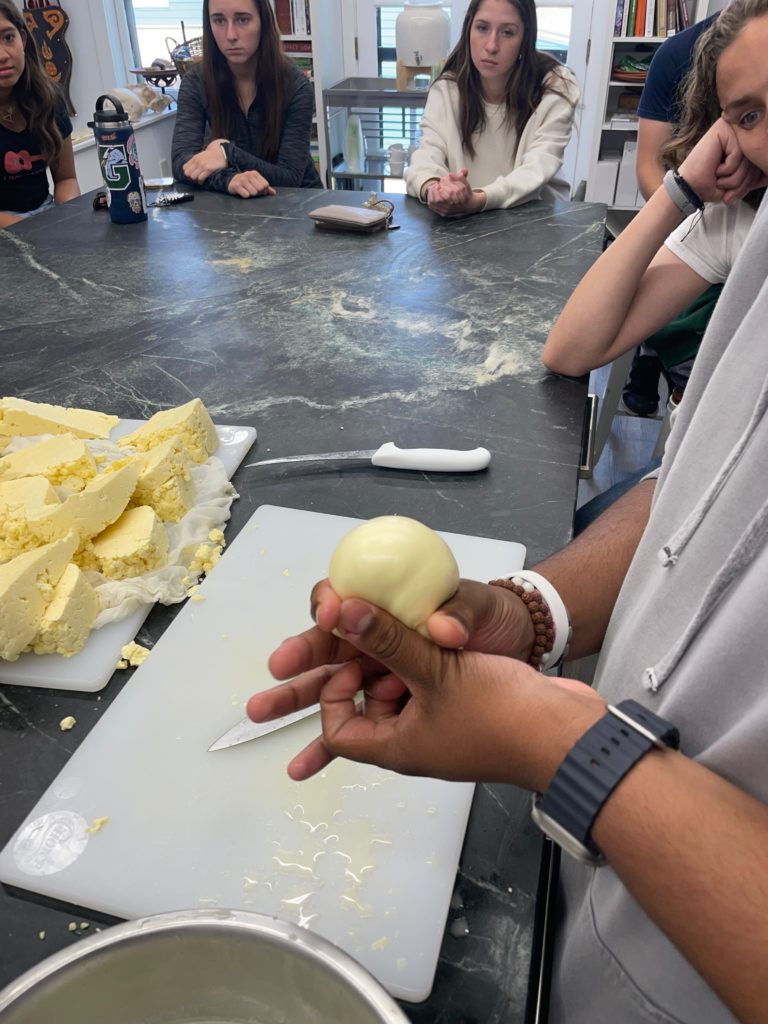
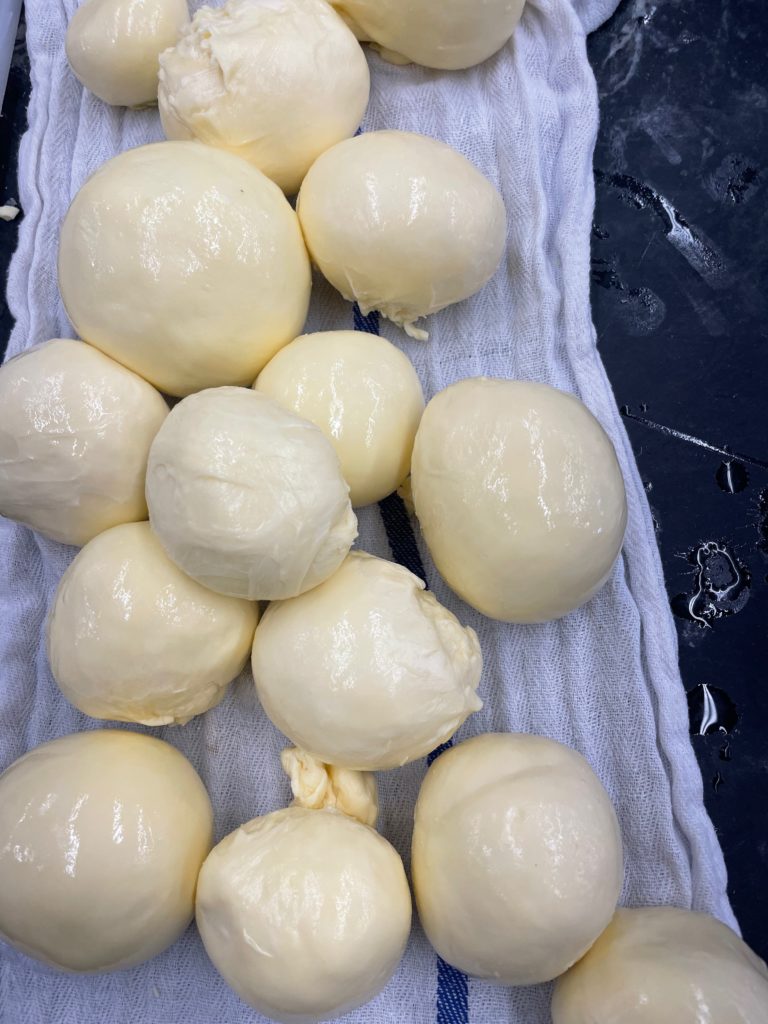
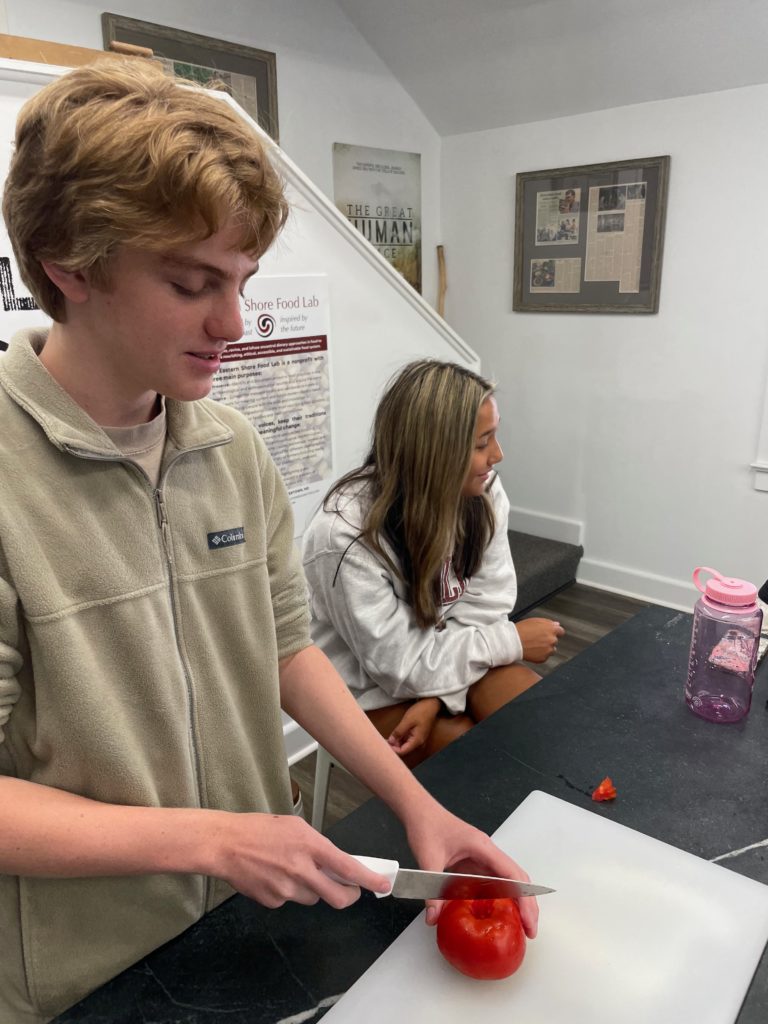
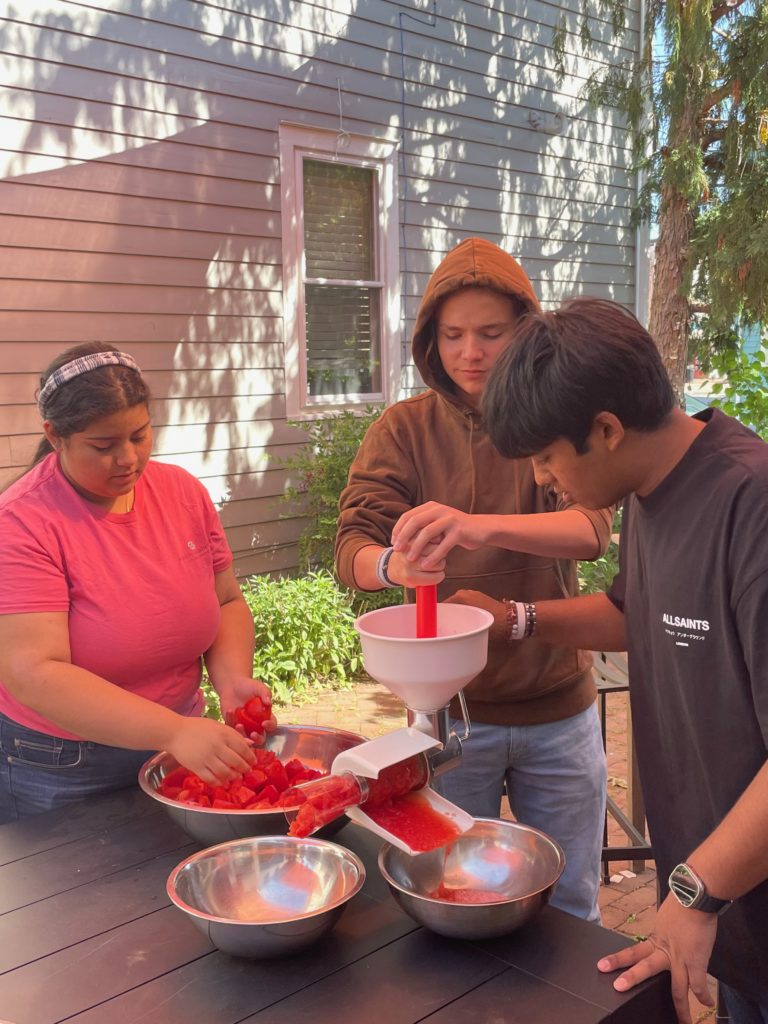
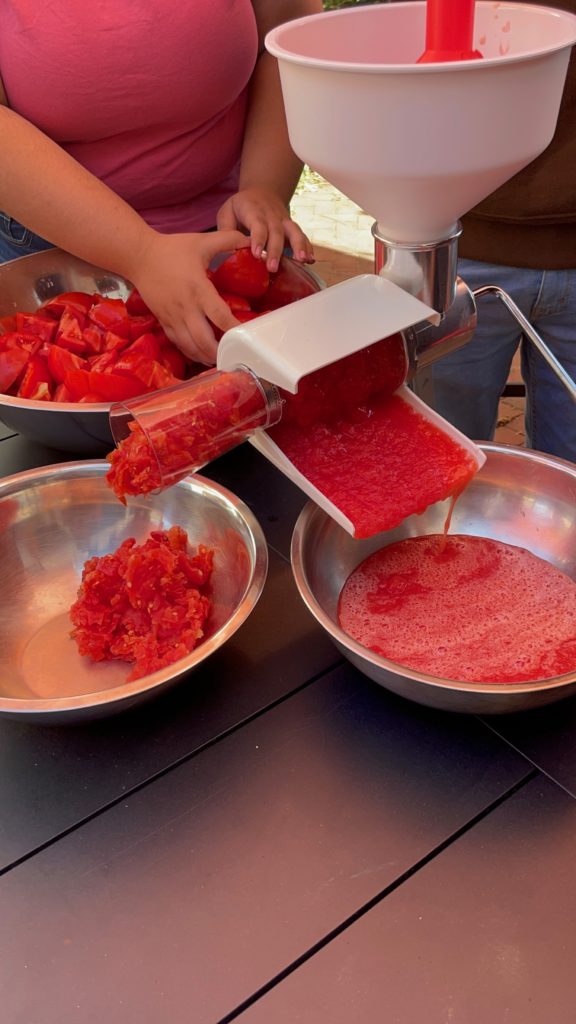
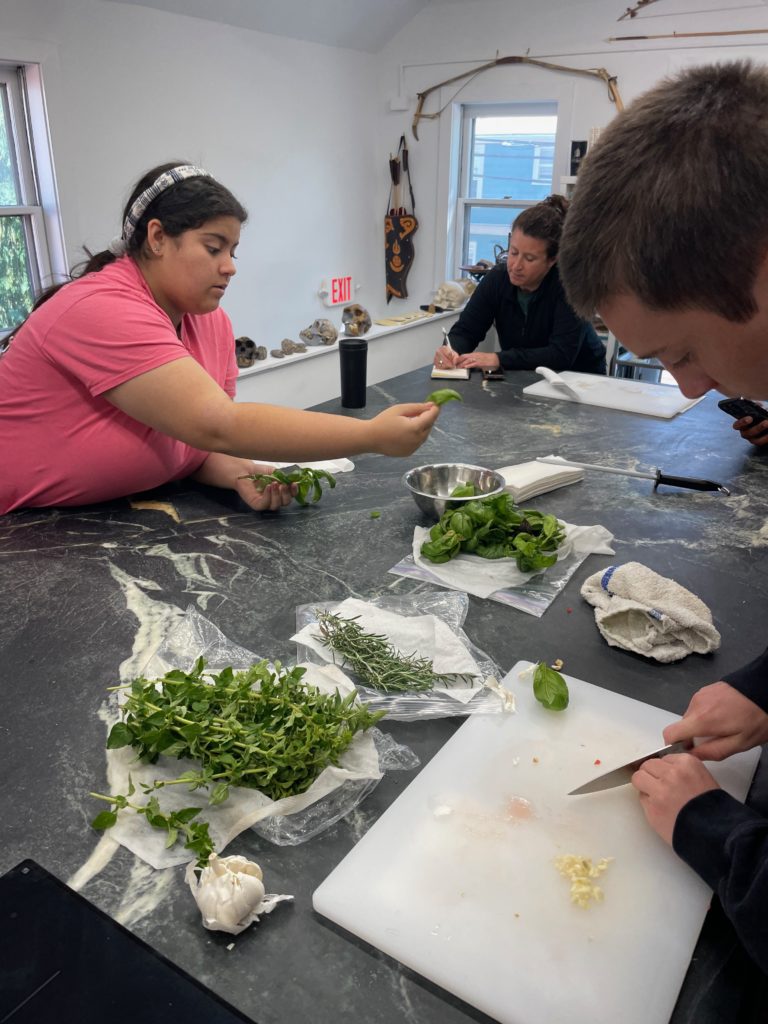
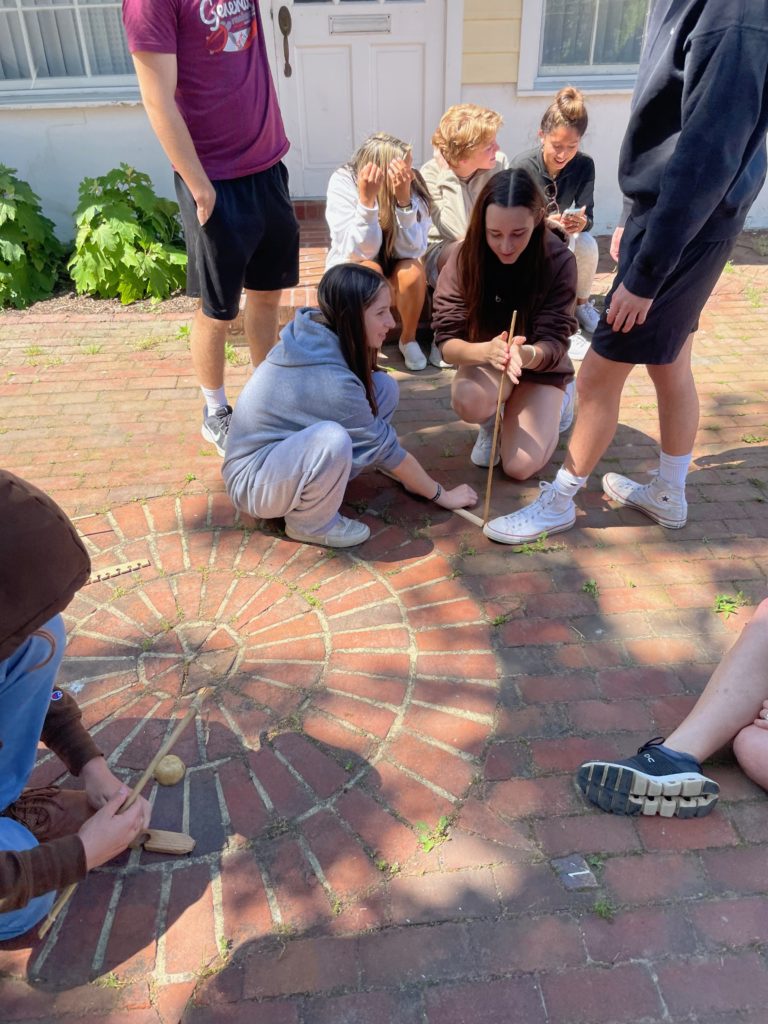
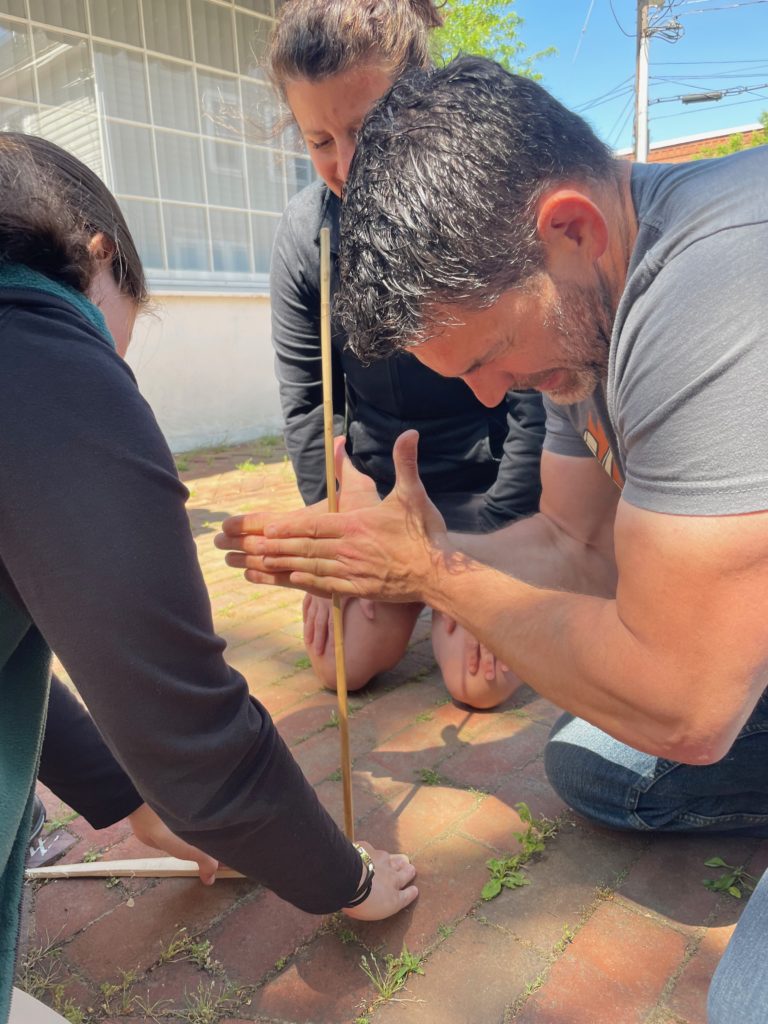
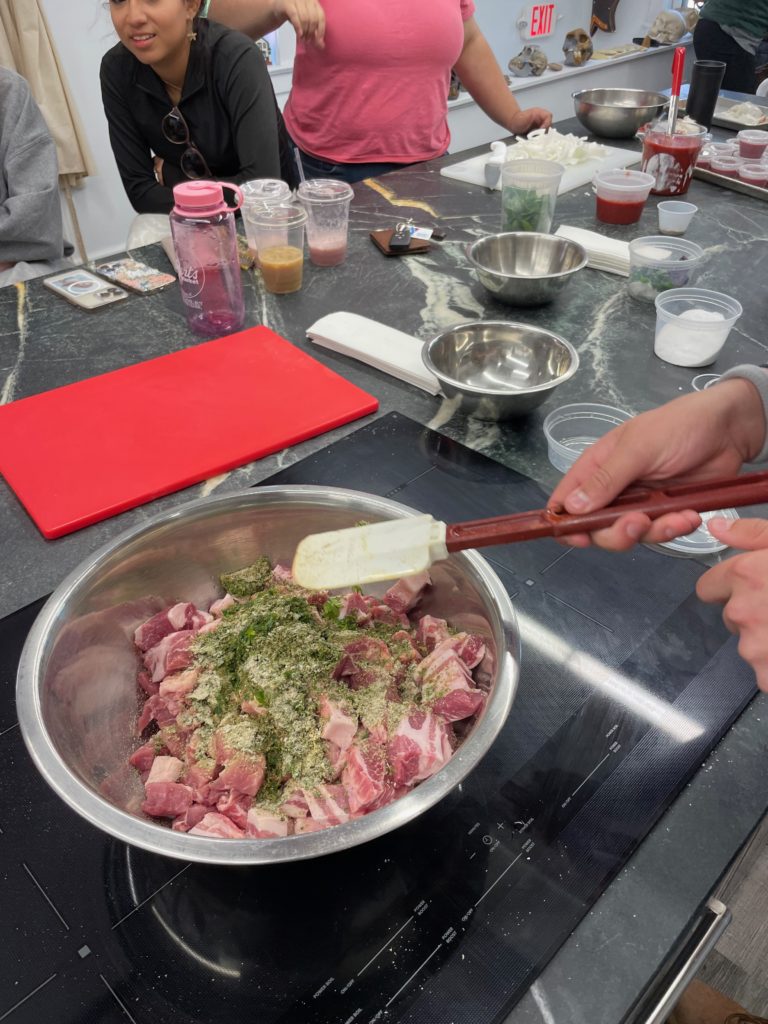
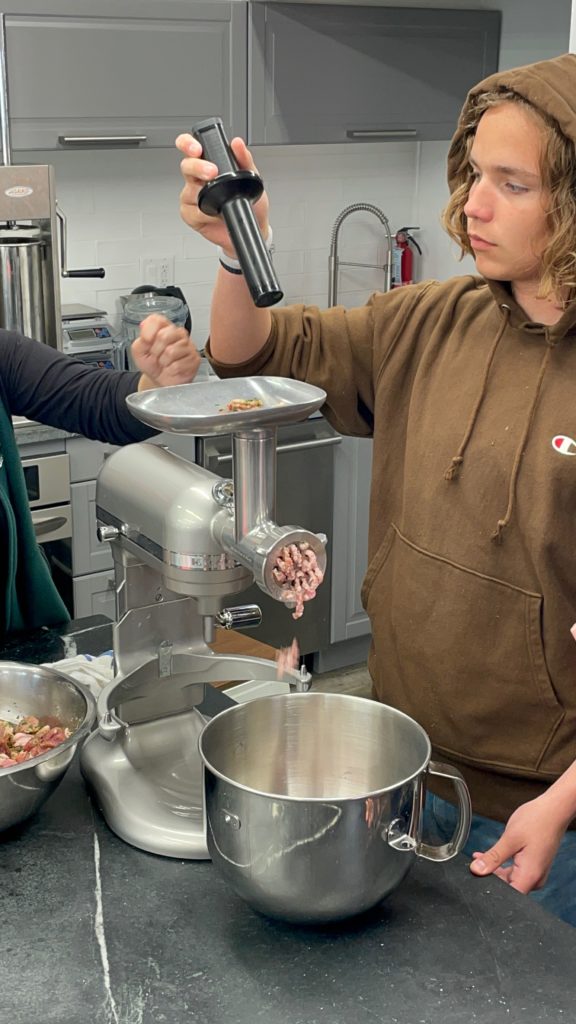
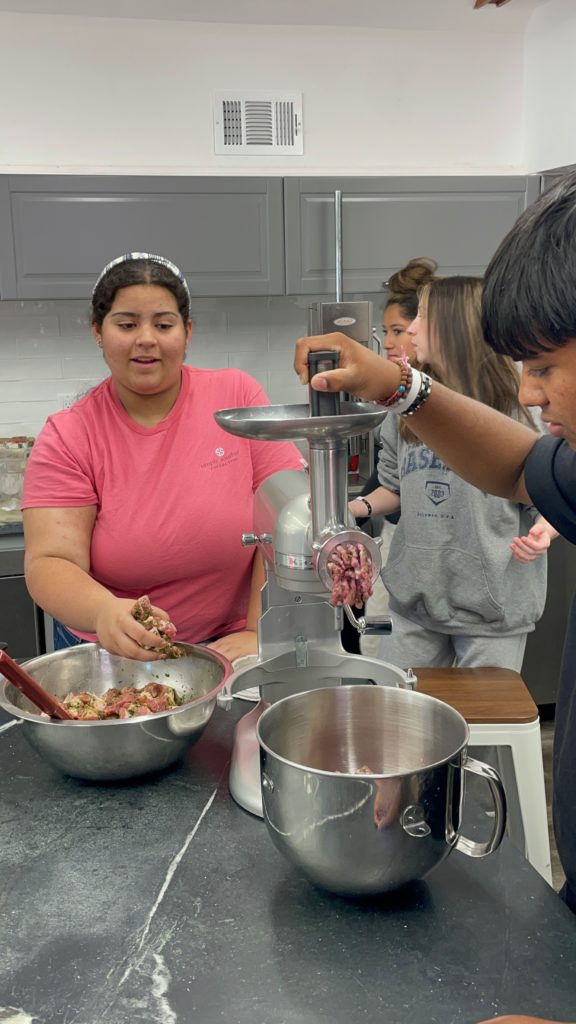
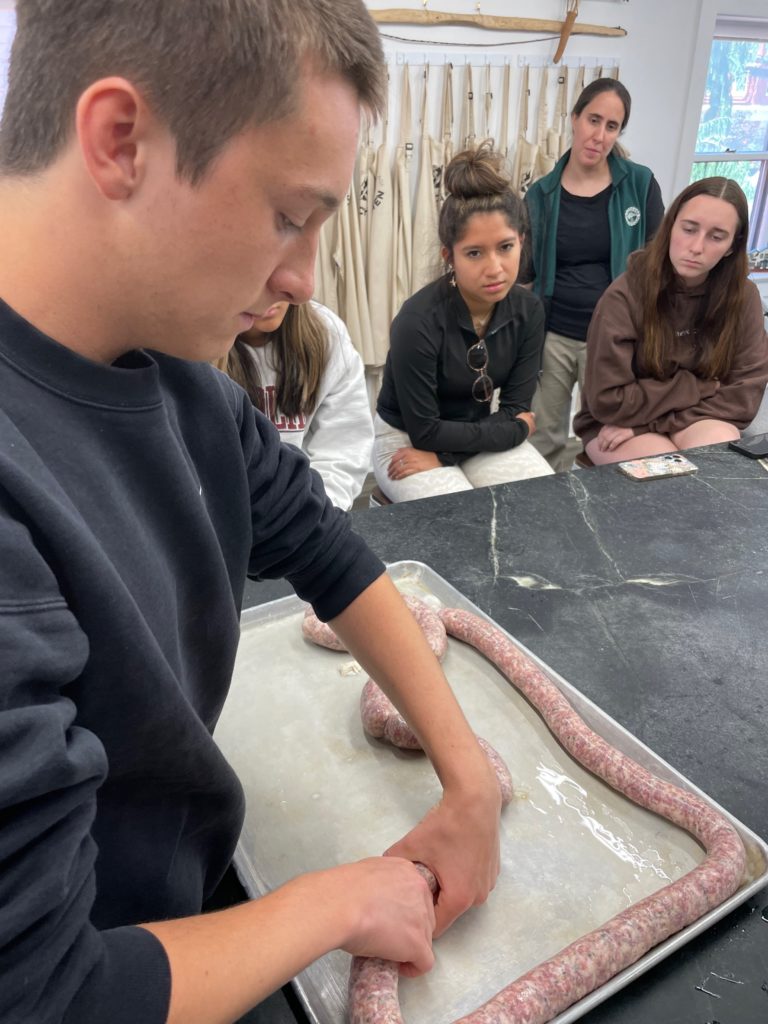
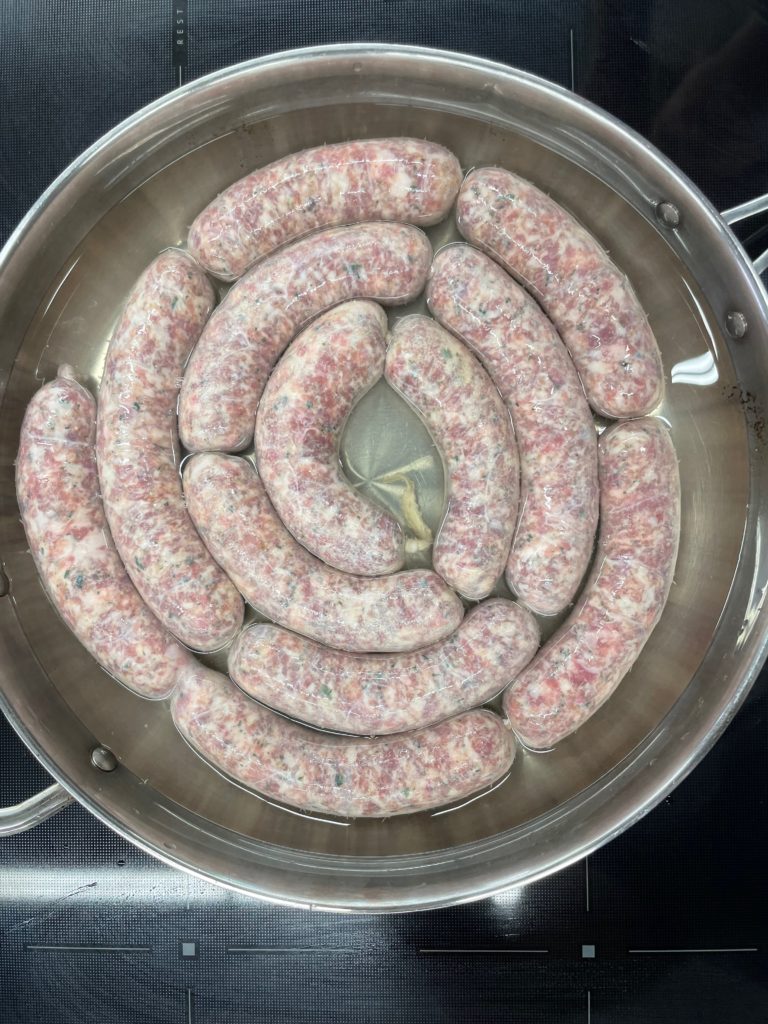
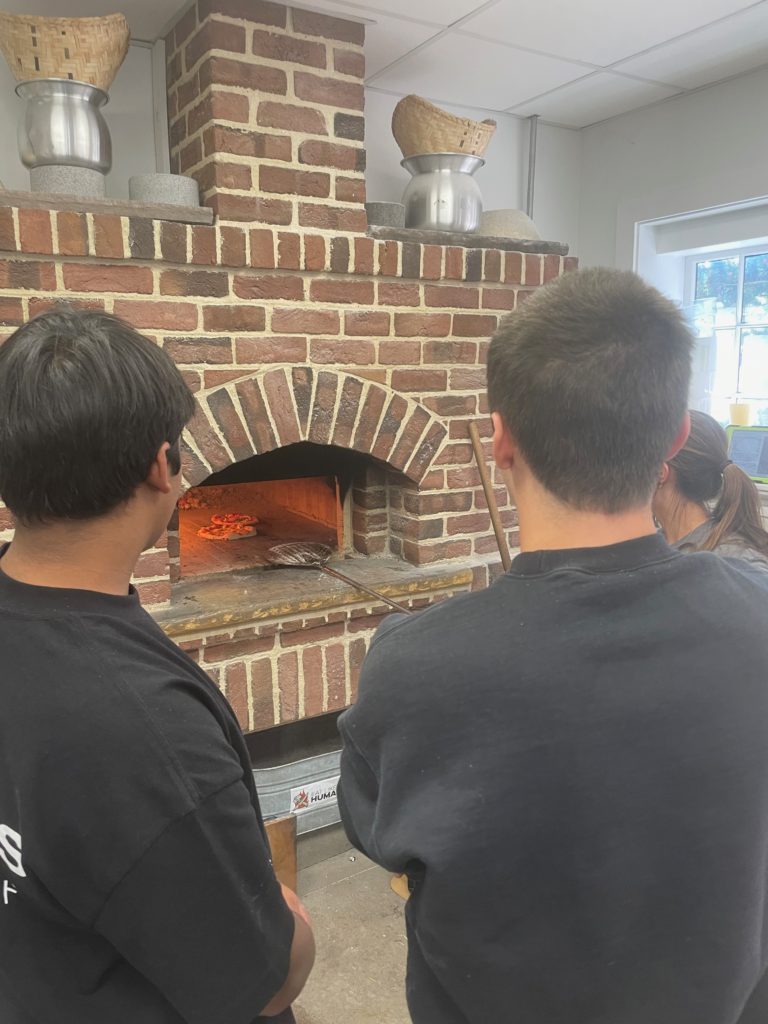
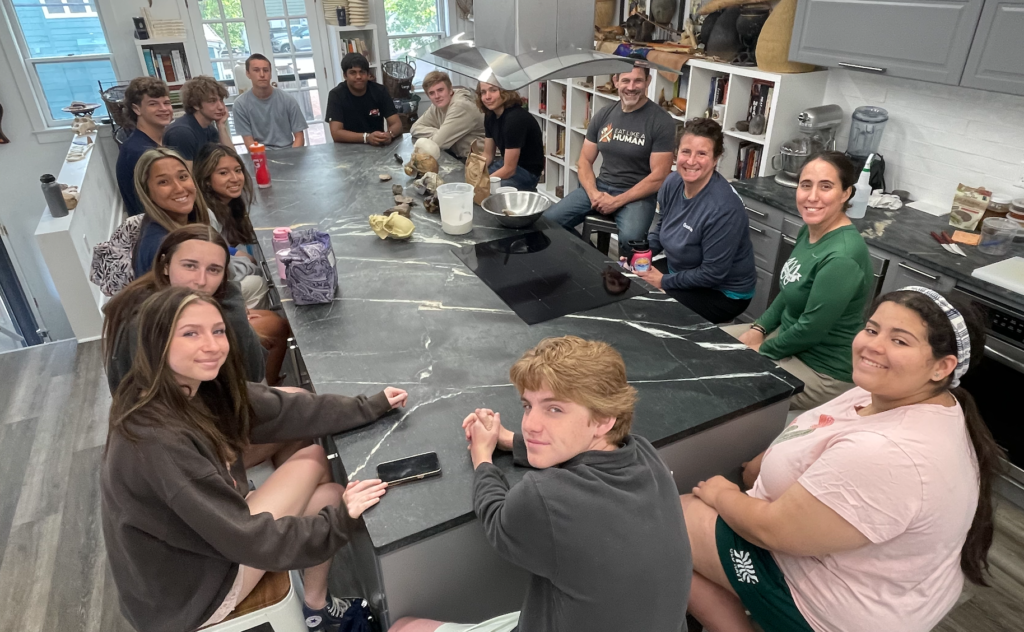
This sounds super cool, right?
Here are the highlights of what they learned and experienced:
- The prehistory and history of food, food processing technology, and ancestral dietary milestones.
- The adulteration of food in our modern food system including everything from the truth about pasteurized and homogenized milk, how to spot fake mozzarella and ricotta in our grocery stores, the switch to using commercial yeast in doughs instead of the wild, long fermented sourdough process, increase in factory farmed meats, and on and on…
- They met farmers. Just think of the power in that alone. They met and shook the hands of the people that actually raised the animals, milked the cows, grew and harvested the vegetables, and ground the grains that they used in their pizzas!
- Basic knife and safety skills.
- They made everything, I mean EVERYTHING entirely from scratch. They now know how to harness and make use of trillions of local, wild microorganisms to transform a variety of raw ingredients into much safer and nourishing forms for our bodies such as flour into sourdough and milk into cheese.
- They split wood, lit a fire (using a hand drill), and used that fire to cook.
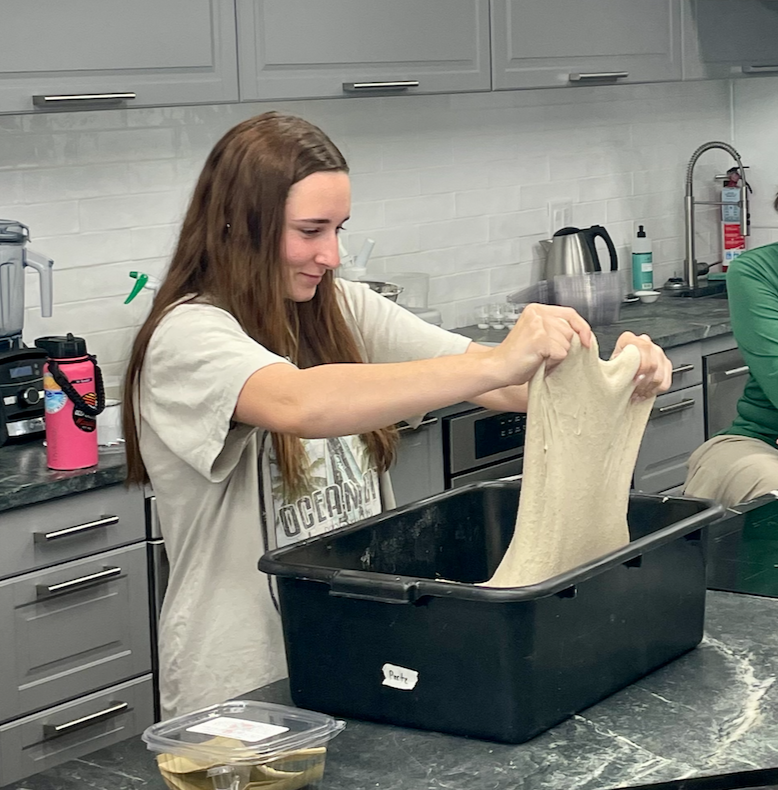
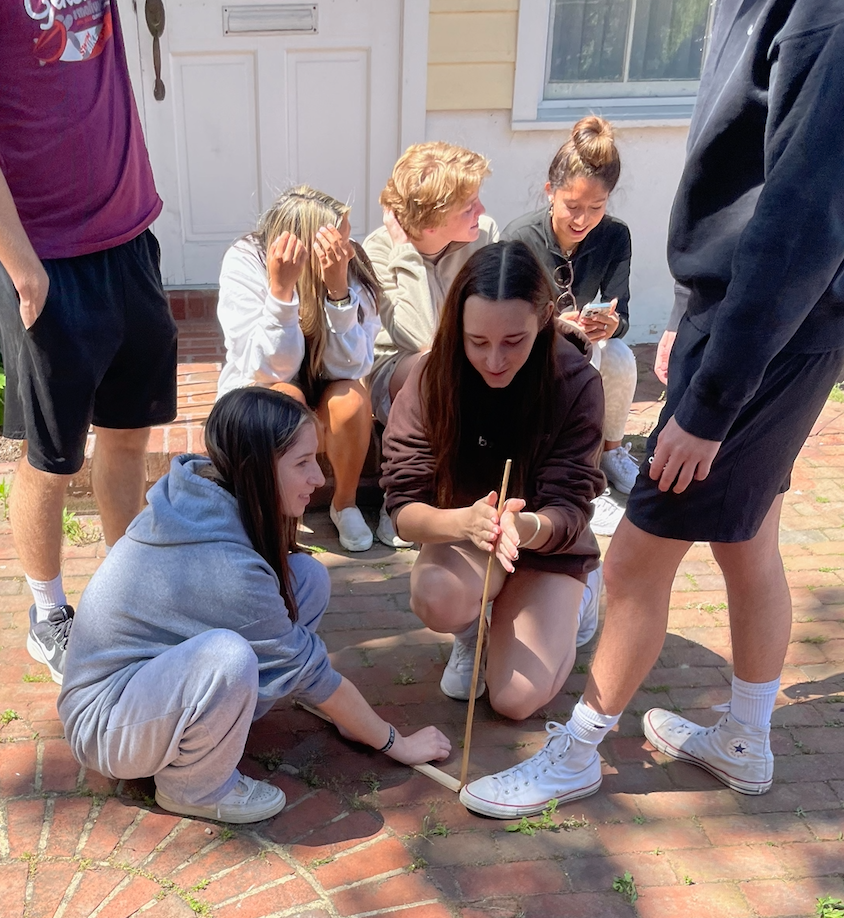

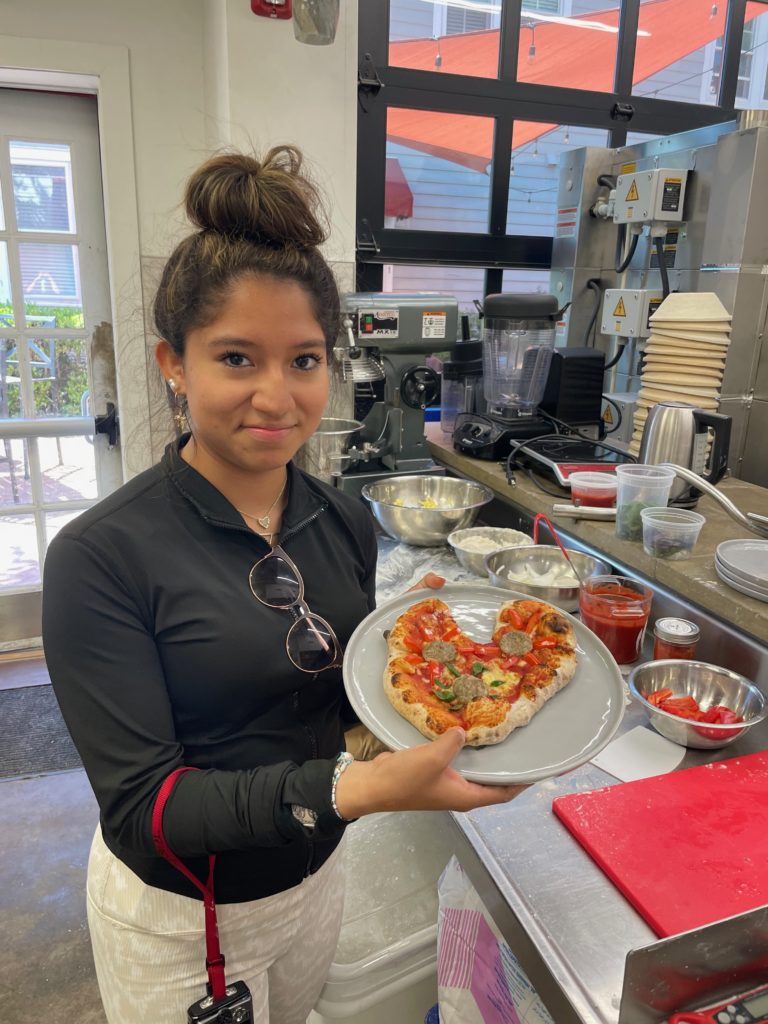
Nothing about this process was hidden from them.
They know where the ingredients came from and how to turn milk into cheese, flesh and fat into sausage, and flour into sourdough crust. They learned how to start a fire and use its heat to cook. They shared a meal with their classmates and teachers and experienced what nourishing food tastes and feels like. And, later, they also had the opportunity to share what they made with their families.
This was a powerful and rewarding course to teach and we are thinking of creating similar weekend long experiences for adults! Let us know if you are interested and we will put you on a VIP list so you can have first access as soon as we get it on the calendar!
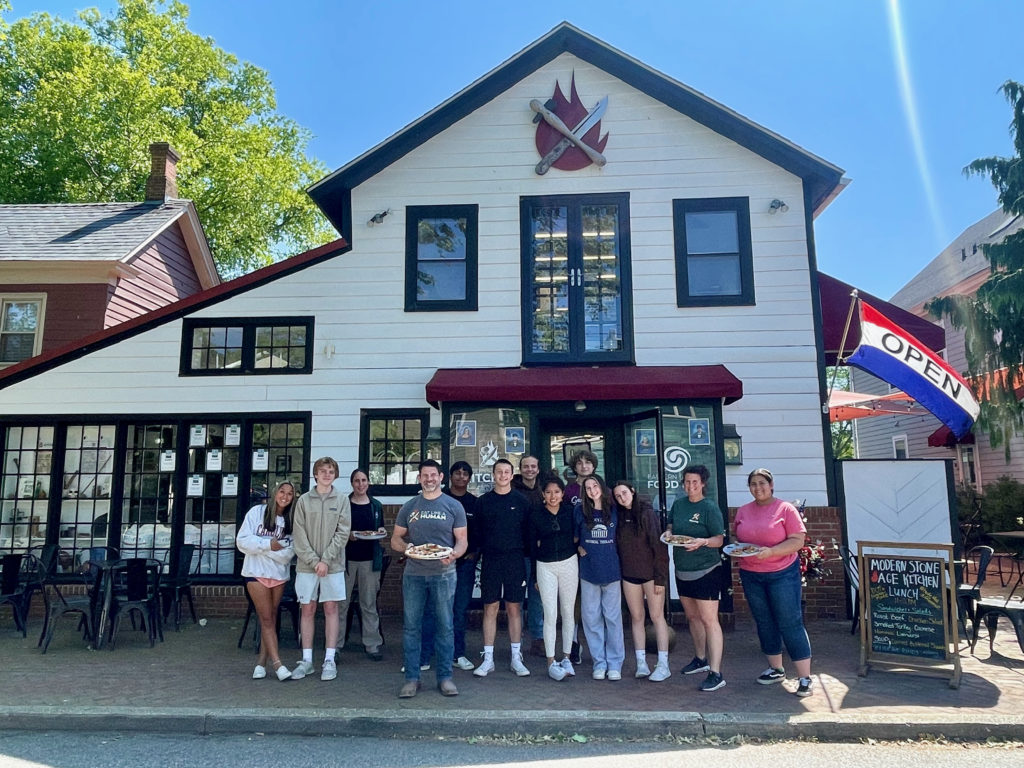
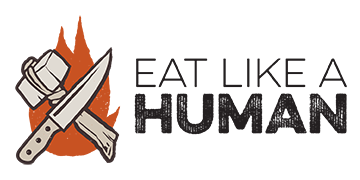
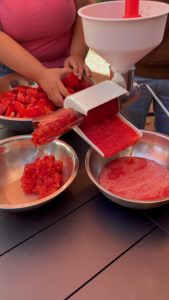
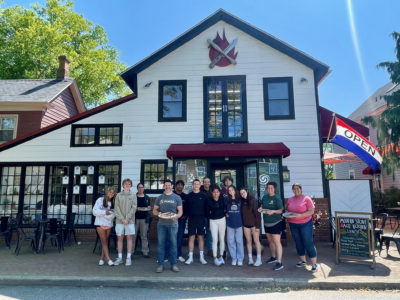
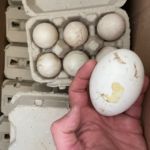
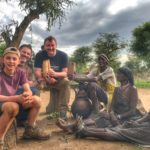
 Connection in the Most Unlikely of Places
Connection in the Most Unlikely of Places
Leave a Reply